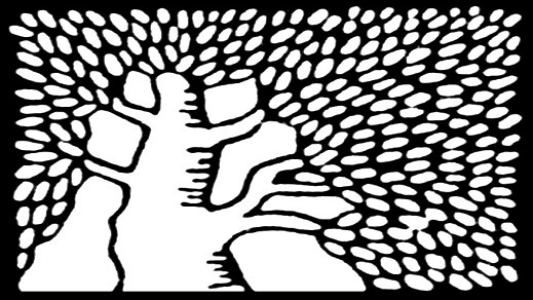Visit of Representatives of the Weizmann Institute of Science
Tue Sep 06 00:00:00 CEST 2016
Sat May 02 21:41:34 CEST 2020 | Sat May 02 21:41:34 CEST 2020 - Sat May 02 21:41:34 CEST 2020

Dr. Schneider briefly talked about IBT and BIOCEV center emphasizing the richly equipped service laboratories and their connection to the European roadmap of large infrastructures (ESFRI). He also stressed desire of the IBT researchers to collaborate with the renowned WIS scientists and share their expertise especially in protein engineering and structural biology. The guests then visited several laboratories and discussed ongoing projects with the researchers. The visit was concluded by lively and open discussion between His Excellency Gary Koren and scientists from WIS, IBT, and BIOCEV about possible collaborative research projects. Discussed were possible workshops and conferences, and exchange visits of especially young scientists and students.
Dr. Schneider stressed that the WIS-IBT collaboration has already been initiated by organizing the first WIS-IBT conference planned for November 27 - 29 this year that is going to bring together protein scientists from both institutes with the goal to find areas of the common interest and pinpoint topics for joint research projects.
One of the main outcomes of the discussion has been that formulation of scientifically ambitious projects with possible practical outcomes is within the grasp of the scientists from WIS and IBT but that they need organizational and mainly financial long term support from their governments to achieve the goals in their full potential. All participants concluded that the collaboration has a great potential and that they will pursue possible ways how to realize it.
